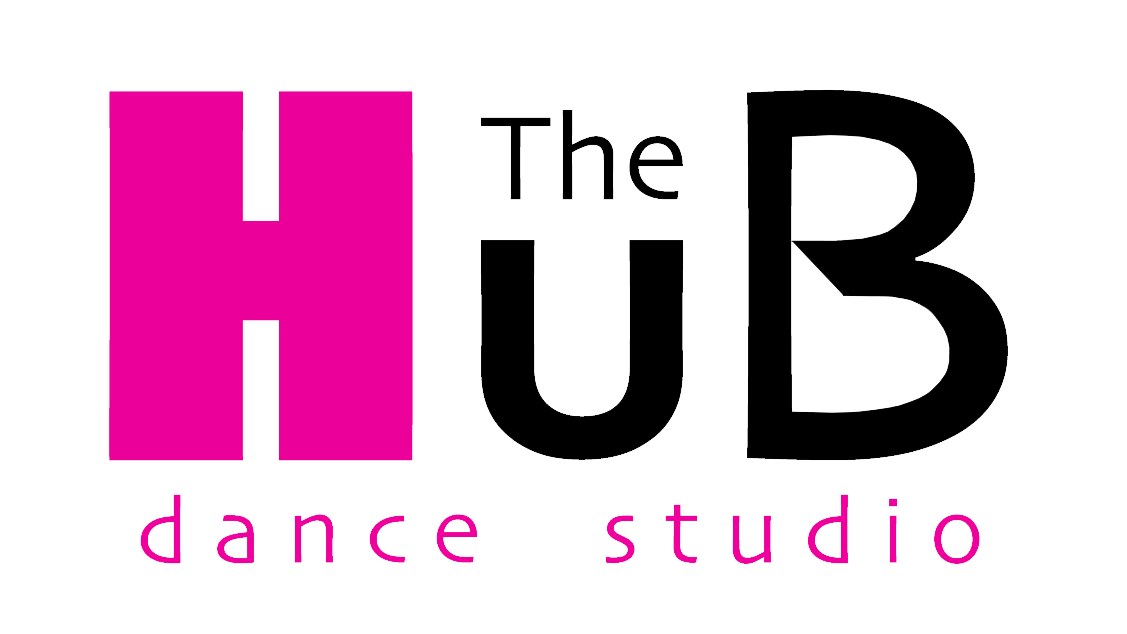✨The History of Hip Hop✨
Origin of Hip Hop
Hip hop is a relatively new form of dance, in relation to other traditional styles like ballet, tap, and jazz, as it only came on to the scene circa 1970.
Though the roots of hip hop originate from African tribal dancing – dating much further back, Hip Hop culture was born in the Bronx, New York City.
“Hip Hop Dance” is an umbrella term for a wide range of street dance moves that have evolved through the years with the tempo and style of hip-hop music.
Timeline of hip-hop dance
70’s-80’s: Breaking, locking, and popping
Breaking
Breaking was one of the first styles of hip-hop dance, coming on to the scene in the mid 70’s. Breaking – or breakdancing – is a high energy acrobatic dance style performed by dancers commonly known as b-boys and b-girls.
Undoubtedly the most recognised breakdancing group in the ‘70’s was the The Rock Steady Crew. The original founders, Jimmy D and Jojo, were two early popularisers of breakdancing.
In 1979, the group added a member that went on to become an influential spokesperson for the entire hip hop community - Richard “Crazy Legs” Colón. Not long after, Crazy Legs was named President of the Rock Steady Crew.
One of the major breaks the group had was the appearance in the movie “Flashdance”. This lead to the global craze that we now know as breakdancing.
Popping and Locking
While the East Coast originally brought breaking onto the scene, the West Coast was where two of the most iconic styles were born: popping and locking.
Popping was adapted from the Boogaloo cultural movement in the late 1970s. The style was based on poses where dancers rhythmic movements stop suddenly to create an exaggerated pose, pop or hit movement.
Sam Solomon aka ‘Boogaloo Sam’, the creator of popping and boogaloo, founded the Electronic Boogaloo Lockers, later known as the Electric Boogaloo.
With iconic poppers such as ‘Popin Pete’, ‘Skeeter Rabbit’, ‘Suga Pop’ and ‘Mr Wiggles’ of the Rock Steady Crew as part of the Electric Boogaloo, the group went on to become a huge success and cemented popping into hip-hop culture.
Booglaoo Sam appeared in the popular tv show Soul Train and featured in several music videos across the globe.
Locking (or Campbellocking) is a funk dance style originally created by accident, after dancer Don Campbell forgot what his next move was during a performance. When the audience started laughing at Don’s unfamiliar moves, he responded by pointing at them, and creating halting movements in his routine. These halts soon became popular after Don started incorporating them into his performances.
Locking involves freezing from a fast movement and "locking" in a certain position, holding the position and then continuing at the same speed as before.
Locking became popular in the nightclubs of Los Angeles at the beginning of the 70’s. From there, a number of dance groups were formed around locking, including Campbells own group “The Lockers”. Other notable dancers include Jimmy "Scoo B Doo" Foster and Gregory “Campbellock Jr”.
In the beginning, East Coast and West Coast styles were intended to be two separate, unique forms of dance. However, as hip-hop dance became more popular, the two styles started to merge to create a street dance culture.
90’s-00’s: Krumping and the evolution of freestyle dance
Krumping
“Krumping” evolved from the dance style “Clowning” in the early 90’s and was incorporated into hip hop culture via mainstream exposure.
Krumping was created by Ceasare "Tight Eyez" Willis and Jo'Artis "Big Mijo" Ratti in Los Angeles, California during the early 2000s. The art of Krumping is characterised by high-energy chest pops, stomping and sharp movements danced to fast-paced music. Stylistically, Krumping is more of an interpretive, freestyle dance form as opposed to former styles that were established using specific moves and routines.
Party Dances
In the 90’s novelty and fad party dances such as the Roger Rabbit, the Cabbage Patch, and the Running Man started to gain mainstream attraction. These iconic, and at times unusual dance moves were featured in popular movies, television, and music videos, and performed by influential artists such as MC Hammer, Vanilla Ice, Bobby Brown, and Janet Jackson.
Roger Rabbit
Originally named after the cartoon character in the movie “Who Framed Roger Rabbit” in 1988 - the dance is performed by skipping backwards with your arms flapping back at their sides. This move was performed by many artists, including Bobby Brown in his music video for Every Little Step.
The Cabbage Patch
Often performed in a group in nightclubs and parties, the cabbage patch was one of the most popular social dances created during the 1980s. Gucci Crew II invented the move in 1987 with their song song, "The Cabbage Patch".
The Running Man
Also known as The Hungry Caterpillar, was performed most notably by Janet Jackson. Jackson popularised the move when she performed it in her 1989 music video “Rhythm Nation”. MC Hammer kept the dance move trending after he started to incorporate the Running Man into his performances.
Hip Hop in Popular Culture
Starting from the early 2000’s, hip-hop culture started to feature more prominently in television shows, movies, and mainstream music videos.
There are many shows that feature dance as the main focal point. From reality shows such as So You Think You Can Dance, to movies focusing exclusively on hip-hop dance like Step Up and Honey, pop culture continues to spread hip-hop dance to a wider audience than ever before.
Hip Hop classes are available at The Hub Dance Studio from Beginner to Advanced level, with one of Cape Town’s top Hip Hop teachers, Terry Sauls.
Check out The Hub’s Class Schedule here!
By Catherine Stock

